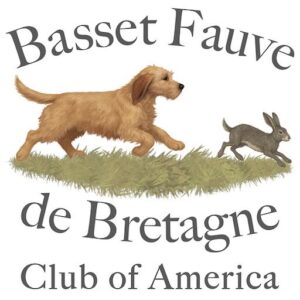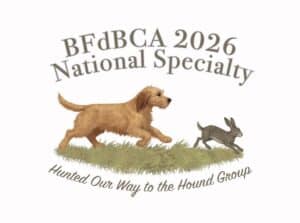Watch Our Informational Webinar with Dr. Micah Halpern, PhD
Originally presented Thursday, August 14, 2025
The BFDBCA was proud to host a free educational webinar featuring Dr. Micah Halpern, Ph.D., Founder and Principal Scientist of GenSol Diagnostics. Dr. Halpern shared his expertise on DNA testing and how genetic insights can help breeders make informed, responsible decisions in their breeding programs.
With a Ph.D. in Biomedical Sciences, an M.S. in Industrial Chemistry (Forensic DNA Analysis) from the University of Central Florida, and a B.S. in Biology from the Florida Institute of Technology, Dr. Halpern brings deep experience in genetics, molecular diagnostics, and animal conservation. Before founding GenSol, he served as Senior Scientist at the Midwest Research Institute (MRI) and conducted conservation genetics research at Brookfield Zoo in Illinois. His extensive research has been published in peer-reviewed journals spanning forensic science, microbiology, and conservation biology.
In this session, Dr. Halpern discusses:
- The range of DNA tests available to breeders, including those for health conditions such as hip dysplasia and POAG, as well as cosmetic traits like coat color, coat length, and furnishings.
Understanding clear vs. carrier vs. affected status and the concept of risk-based association/incomplete penetrance. - The inheritance of coat color, including the role of the pigments eumelanin (black/brown) and phaeomelanin (yellow/red), and how mutations at various loci (D-Locus, I-Locus, S-Locus) contribute to the diversity of Fauve coloration—from red to champagne, and everything in between.
- The presentation concludes with a Q&A session addressing member questions about interpreting genetic results and applying them to real-world breeding decisions.
Click the button to watch the recorded webinar.
Use passcode:
2$OF@e8C

